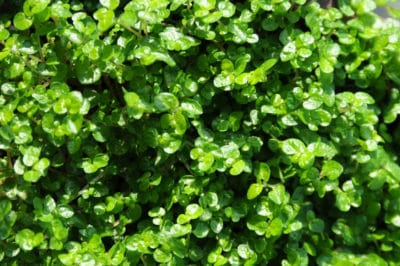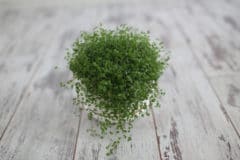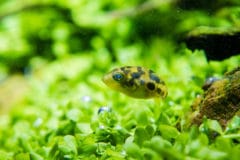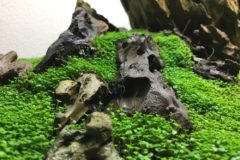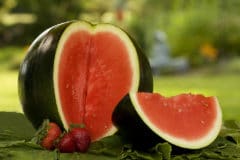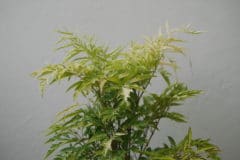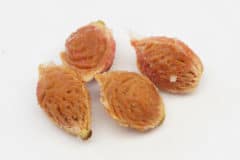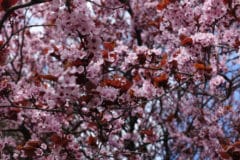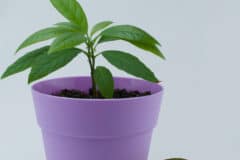About Baby’s Tears
A perennial ground cover that can be grown in USDA Zones 8b to 11, this plant is reliably winter hardy only in Zones 10 and 11. Baby’s tears belongs to the nettle family. Although many of its relatives have hairy, oval shaped leaves with serrated edges, Soleirolia soleirolii has small, round leaves in light lime green. The tiny, insignificant creamy white flowers appear in May and June.
Using Baby’s Tears
Baby’s tears has a spreading, creeping growth habit. It is used in the following situations:
- As a ground cover under shrubs or benches.
- In containers or planters.
- In hanging baskets, often with something else such as cascading petunias.
- Between stones and pavers in a patio or garden path.
- As a border or edging.
- In terrariums or bonsai pots.
Growing Conditions
Baby’s tears is appreciated by many gardeners because it will grow in all light situations from full sun to full shade. It is not particular about soil either, although it does prefer a pH that is mildly acidic to neutral, with a range of 6.1 to 7.5. The plant is not at all drought-resistant, but must have consistently moist soil and should not dry out between waterings.
Propagating Baby’s Tears
Baby’s tears is easily propagated. It can be grown from seed, which is commercially available. It spreads readily through its creeping stems. It’s easy to dig up a clump, divide the root ball and replant the divisions wherever you want them. It can also be propagated with softwood cuttings. In all cases, mature plants should be spaced about six to 12 inches apart.
Disadvantages of Baby’s Tears
An established clump of baby’s tears in the right conditions can become outright invasive, as it is an aggressive grower. Depriving it of water, however, will kill the plant. It will not tolerate foot traffic, as the foliage is easily bruised. Repeated frosts will kill the plant back to the roots and the stems and leaves will turn black – not very attractive. It can cause skin irritations in some people or pets.
